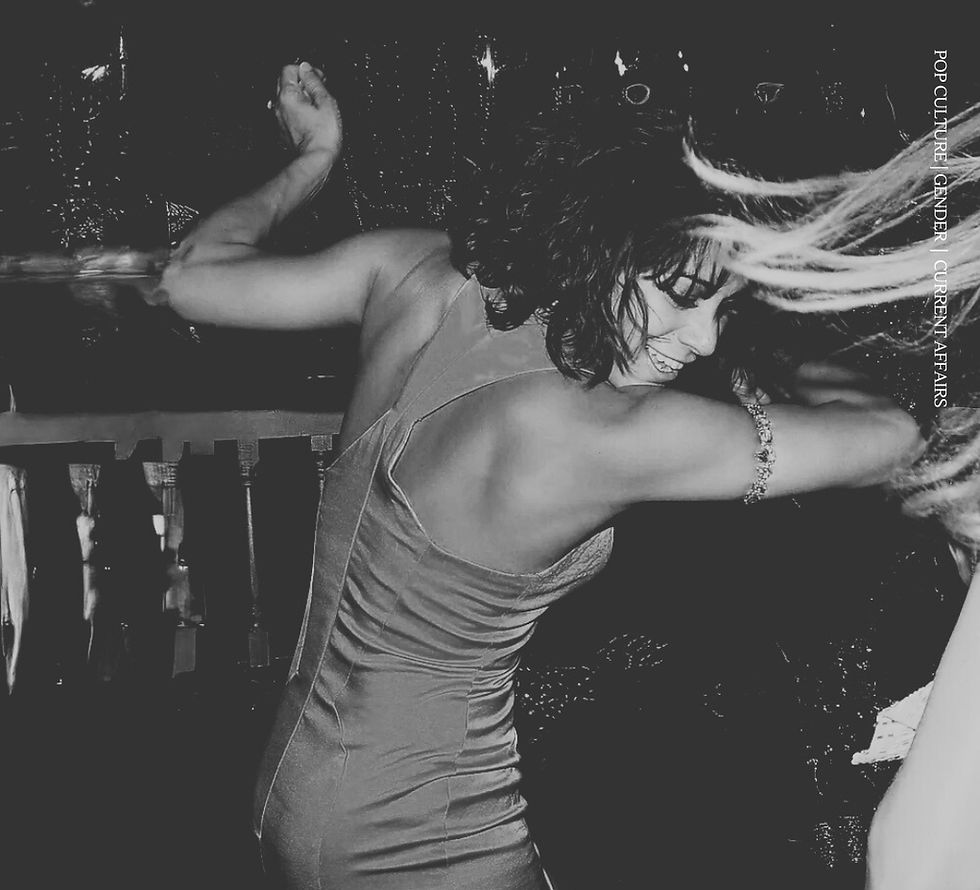
The METric of Morality: Couture in the Shadows of Conflict
- May 7, 2024
- 2 min read
Updated: May 10, 2024
By Daaman Thandi
As the sun rises over Gaza and Rafah, casting light on the complexities of daily survival, halfway across the world, celebrities parade the Met Gala carpet, adorned in haute couture. This juxtaposition begs the question: in a world rife with conflict and suffering, what role should art and extravagance play?
Not very far away, the streets near Columbia University echo with the chants and cries of students protesting, a scene mirrored on campuses across the United States. As they stand against violence and seek to voice their demands, the echoes of their strife resonate just outside the walls where the Gala festivities unfold.
This stark contrast between the splendor inside and the strife outside amplifies the debate: Is the celebration of such grandeur a necessary affirmation of culture and creativity, or does it echo the eerie decadence of the Capitol in The Hunger Games, a grotesque display of disparity and disconnect? Does the artistry of haute couture serve as a meaningful commentary on our times, or is it merely an escape for a privileged few?
Historical precedents compel us to consider these questions deeply. Under Aurangzeb’s reign in the Mughal Empire, the flourishing arts witnessed under his predecessors faced severe restrictions. Aurangzeb viewed the artistic expressions—once the pride of Mughal cultural achievement—as unnecessary, even harmful distractions. What does this shift tell us about the value of art in society, especially when dictated by the philosophy of a regime?
Moreover, the Renaissance, with its surge in artistic and intellectual exploration, was not merely a period of aesthetic indulgence but a profound turning point in Western thought. But could its critics at the time have dismissed it as frivolous or excessively luxurious amid the societal challenges of the era?
Today, as we witness the spectacle of the Met Gala, are we to view it as a celebration of human creativity, or as an uncomfortable reminder of global inequities? Is there a line to be drawn between appreciating art and succumbing to extravagance? Does the act of cherishing beauty in times of despair serve as a form of resistance, or does it risk trivializing the suffering of others?
In contemplating these juxtapositions, one must ask: If we decide to turn away from art and beauty during times of crisis, what are we forsaking about our human experience? Conversely, in continuing to embrace elaborate displays of culture, are we insulating ourselves from harsh realities, or are we preserving something fundamentally human—an indomitable spirit of creativity that persists even in the darkest times?
Where should we stand? Is there a middle ground that acknowledges the power of art to inspire and console, while remaining sensitive to the broader context of its enjoyment? Or must we choose sides in a debate that asks us to weigh the value of beauty against the presence of suffering?




Comments